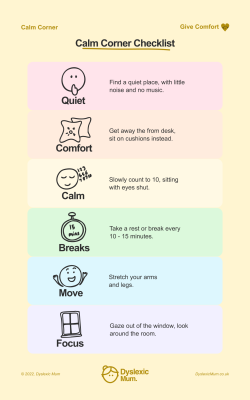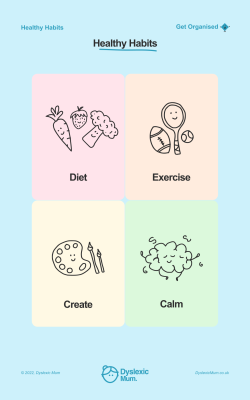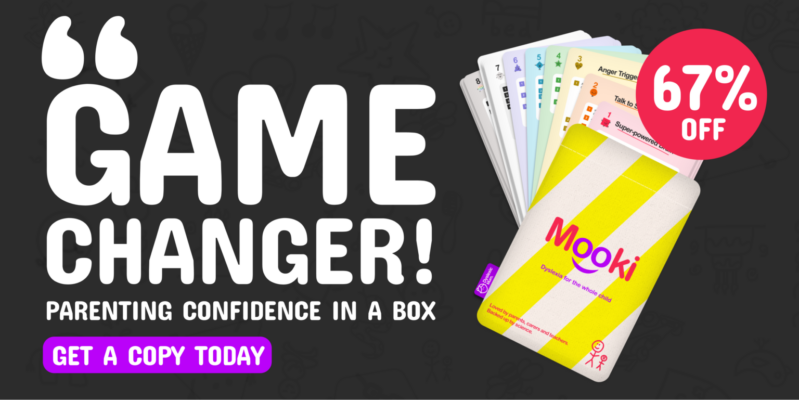Your basket is currently empty!
Welcome to the “Manage emotions” course and learn how to help a dyslexic child to improve their overall wellbeing. Help stop negative emotions bottling up and assist the child to adopt healthy habit to feel more positive. Try these 3 activities they take just 10 minutes per day!
This easy to follow course will help you:
- Create a calmer space for the child to learn.
- Encourage the child to adopt healthy lifestyle habits.
- Show the child ways to meditate and calm the mind.
What caused negative emotions?
To start, understand the effects of negative emotions on the body and mind. A dyslexic child may struggle in class to learn and at home to control their behaviour. They are more likely to have mental health issues, resulting in negative feelings. This can show as:
- Angry Outburst
- Anxiety
- Depression
- Tiredness
- Low Motivation
- Tummy Pains
- Headaches
- Low self-esteem
- Unfocused behaviour
Improving physical and mental health, can help a dyslexic child challenge negative thinking. The activities below will provide the child with the skills to do this. The image below shows the negative affects of stress on the body.
.jpg)
About managing emotions activities
Encouraging healthy habits can help a dyslexic child to manage their emotions better. The activities below are designed to help you do this.
The three activities take just 10 minutes per day. They can be completed using the links to the activities taken from Mooki cards. Follow the top tips below when completing the activities with a dyslexic child:
- Aim to try all 3 activities in 1 week, what days will you do the tasks?
- Do them with the child, in a quiet place with no distractions.
- Do each task on different days, to stop the child becoming overwhelmed.
Remember this course is about the child learning how to manage their own wellbeing. Find out what works for the child using the activities below and encourage them to do more.
Activity 1: Find your calm space
This activity will help the child to show and understand what makes them feel calm when learning.
Use Calm Corner card to complete this activity, click on the card below to learn more.

When using the card follow the top tips below:
- Ask the child to show what makes them feel calm when learning, by pointing at examples on the “Calm Corner” card.
- Ask the child to draw or write 3 things that help them feel calm, when learning. Use the card for ideas.
- Create a calm space from the child at home or in classroom. It could be as simple as a cushion on the floor next to a window.
Use the calm corner when the child needs to do school work, it can also be used when the child needs some quiet time. See below an example of a child learning in a calm corner.

Activity 2: Healthy habits
This activity will help the child to adopt healthy habits to improve their wellbeing.
Use Healthy Habits card to complete this activity, click on the card below to learn more.

When using the card follow the top tips below:
- Ask the child to choose a healthy habits badge to achieve using the “Healthy Habits” card.
- Talk to the child about what they will do to get the badge, for example make a birthday card for the “craft” badge.
- Complete the activity and ask the child how it make them feel? Do they seem more relaxed?
You can repeat the activity, until the child has collected all the badges. The image below shows a child exploring a plate of healthy food.

Activity 3: Calming yoga
This activity will help the child to try yoga to help calm their behaviour and mind.
Use Calming Yoga card to complete this activity, click on the card below to learn more.

When using the card follow the top tips below:
- Ask the child to do the easy yoga pose and breathing exercise using the “calming yoga” card.
- Using the card ask the child to choose another yoga pose to try.
- Ask the child if they have other ideas for animal yoga poses, can they show you?
The activity can be repeated until the child had completed all the yoga poses. The image below shows a child practising the calm yoga pose.
.jpg)
How did the course help?
Answer the questions below to help you understand how helpful the course has been to help the child to understand and to manage their emotions:
- What does the child need in their calm corner, to help them learn?
- Which of the healthy habits will the child continue to use?
- Did the child find doing the yoga relaxing, did it calm their behaviour?
Dyslexia courses
Join the following dyslexia course next, to help you learn how to help a dyslexic child:
- Anger management
- Improve wellbeing
- Get organised and build independence
- Improve motivation by using healthy rewards
Helpful articles
- Dyslexic children common behaviour issues
- Social and emotional problems related to dyslexia
- How to help kids with dyslexia
- NHS living with dyslexia
Everything you need to help a dyslexic child. 56 cards with 10 minute activities. Perfect for using at home or in the classroom. Order your “Mooki Cards” here!

